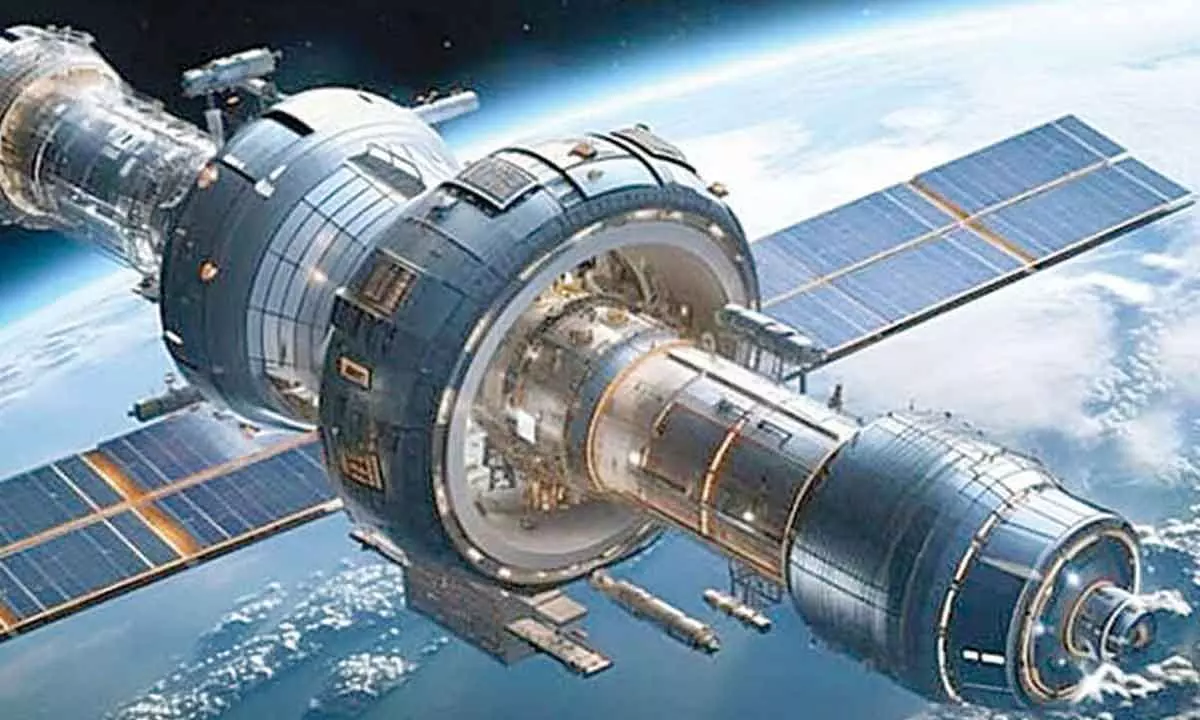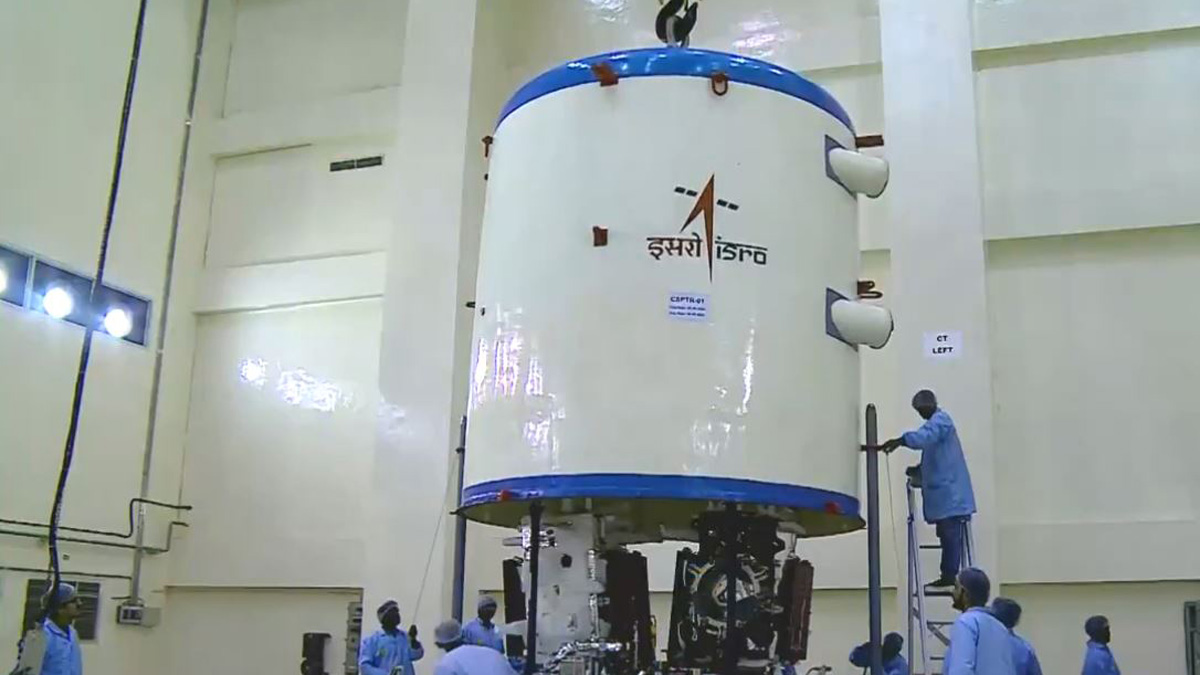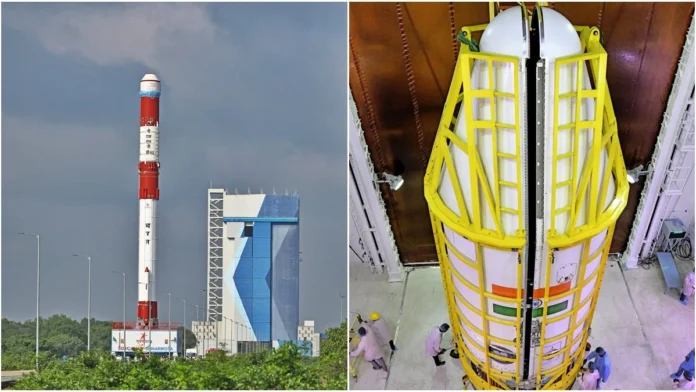ISRO’s Space Docking Experiment (SpaDeX) is poised for a historic launch tonight at 10 PM aboard the PSLV-C60 rocket. Initially scheduled for 9:58 PM, the launch was rescheduled by two minutes, with no immediate reason provided.
The mission signifies a significant leap forward in India’s space technology, aiming to establish the nation’s capability in orbital docking—a critical technology for future human spaceflight missions, satellite servicing, and space station operations.
What Is Space Docking And Why Does It Matter?
Space docking is the process of two spacecraft connecting while in orbit. This technology is essential for realizing ambitious space objectives, such as assembling modules for space stations, enabling multi-stage human lunar missions, and carrying out repairs or upgrades on satellites.
ISRO’s SpaDeX mission represents a cost-effective effort to demonstrate this technology. If successful, it will place India alongside global space leaders like the United States, Russia, and China, who have already mastered orbital docking. The technology also promises to enhance mission flexibility, allowing multiple launches to work toward shared goals while significantly reducing costs.

Key Payloads And Objectives Of SpaDeX
The PSLV-C60 rocket will carry SpaDeX as its primary payload, along with 24 secondary payloads. SpaDeX consists of two spacecraft:
- Spacecraft A (SDX01): Equipped with a High-Resolution Camera, this spacecraft aims to capture detailed images during the docking process.
- Spacecraft B (SDX02): Features a Miniature Multispectral Payload for monitoring natural resources and vegetation studies, alongside a Radiation Monitor Payload.
The mission will see the two spacecraft initially placed in an orbit where they remain 5 km apart. Over 10-14 days after launch, ISRO scientists will carefully maneuver the spacecraft closer, aiming for docking at an altitude of 470 km above Earth. This intricate process involves precise calculations and advanced technologies to ensure a successful connection.
Implications For India’s Space Ambitions
SpaDeX is more than a one-off demonstration; it is a gateway to future possibilities in space exploration and operations. Here’s why the mission matters:
- Human Lunar Missions: Space docking is a prerequisite for complex missions where astronauts and equipment are launched separately and assembled in orbit for lunar exploration.
- Satellite Servicing: The ability to dock spacecraft can allow for mid-life upgrades, refueling, or repairs of satellites, extending their operational life.
- Space Station Development: Docking technology is indispensable for building and maintaining long-term orbital habitats like the proposed Bharatiya Antariksh Station.
SpaDeX’s success would enhance India’s credibility in global space collaboration, opening avenues for joint missions and international partnerships.
Technical Advancements And ISRO’s Milestone Year
The PSLV-C60 mission marks a milestone for ISRO, being the first vehicle integrated up to the fourth stage at the newly established PSLV Integration Facility. This facility streamlines the launch vehicle assembly process, cutting down preparation time and increasing mission efficiency.
SpaDeX also incorporates advanced payloads that extend its utility beyond docking technology. For instance, the High-Resolution Camera and Miniature Multispectral Payload will provide critical data for resource monitoring, vegetation studies, and environmental assessments.

A Strategic Leap For India’s Space Program
The SpaDeX mission aligns with India’s broader strategy of self-reliance and innovation in space technology. As global powers ramp up their space exploration initiatives, SpaDeX positions India as a serious contender in advanced orbital operations.
The mission’s success would bolster ISRO’s standing on the global stage, proving its capability to execute complex, multi-phase missions. It also underscores India’s commitment to cost-effective innovation, a hallmark of ISRO’s approach.
India’s Journey Toward Space Excellence
ISRO’s journey to this milestone is marked by decades of innovation and perseverance. From launching satellites to reaching the Moon and Mars, the organization has consistently pushed the boundaries of what is possible. SpaDeX adds another chapter to this legacy, signaling that India is ready to take on challenges that define the next era of space exploration.
The year 2024 has been particularly significant for ISRO, with SpaDeX serving as its last major mission. As the PSLV-C60 rocket prepares for liftoff, the entire nation watches with anticipation, knowing that the outcome will shape the trajectory of India’s space ambitions for years to come.
The docking experiment, if successful, will not only validate critical technologies but also serve as a stepping stone for ambitious projects like human lunar missions, sample-return initiatives, and the Bharatiya Antariksh Station. SpaDeX exemplifies ISRO’s vision of achieving world-class capabilities while remaining cost-effective, ensuring that India remains a key player in the evolving space industry.

